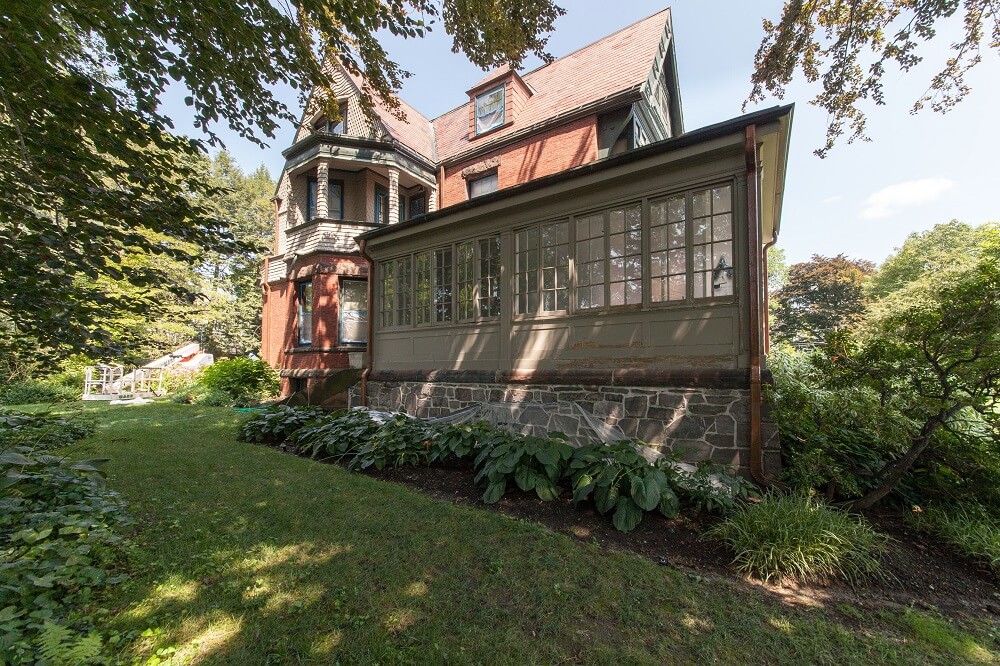From the Desk of Rachel Melat-Robnett, Catchlight Foreman
We are lucky to reside in a region as beautiful and historic as New England. For many of us, simply taking a stroll down the street for cup of coffee can actually be a small trip through the past. Do you ever wonder what may have occupied that Starbucks store front 100 years ago? Do you ever imagine the streets before pavement and bustling with horses and carriages? I do. I’m fascinated by it. We are surrounded by history. It is easy take it for granted and consider only the historic structures; yet, the narration of this land is just about everywhere we go in New England. For some us, it is right inside our homes.
As a house painter in New England, one of the joys I experience is the opportunity to work and spend time inside so many of the lovely and historical homes of the greater Boston area, as well as the many other surrounding areas within Catchlight’s reach. These old homes may come with their quirks (and sometimes headaches), but working inside them is always worth the effort. They are time capsules of the past. Each home has its own personality and backstory. The inevitable and necessary updating of an old house results in the story of each house to become lost in fragments. Sometimes these fragments are not lost, but merely hidden from view. Some of my favorite moments are ones in which I have inadvertently removed a tertiary layer and found a remnant from the past.
I had just such a discovery, while recently working in an 1890’s home in Newton Highlands. Although I had stripped the 1970’s vinyl wallpaper from an upstairs bedroom, the walls were still yellow and coated with a heavy layer of the original glue. We went to work with additional emulsifier, sponges, taping knives for scraping, and many, many buckets of water. As we cleaned, we began to slowly expose the pencil and charcoal drawings found on the original and unpainted plaster walls beneath. Because I knew that the client’s son had occupied the room as a teenager, and he was currently an artist living in California, I felt confident that these etchings of punks with mohawks and earrings were his.
The clients were tickled with the revelation and immediately took pictures to email to their son that day. However, they were somewhat baffled by a charcoal sketch exposed on the opposite wall – a delicate profile of a young woman wearing a bonnet, her curling hair just spilling out from underneath. This was not their son’s drawing. The sketch was faded, but the lines were clear enough to reveal skillful shading and an emotion. This was clearly a glimpse into the past. The homeowners informed us that the paper that they had stripped and replaced in the 70’s was much older, at least another 30 years if not more. What a treasure! The artist who carefully sketched this delightful face remains unknown. Of course, the art was photographed before we continued working.
Many New England homes are laden with discoveries such as this. In the midst of what can be strenuous labor in the renovation process, it is important to take a moment to notice elements that may be a glimpse into the past. I encourage painters to be cognizant while working in historical structures because they are not the first – every surface touched has been touched before; although it is our job to transform, it is also our duty to remain mindful of history.



